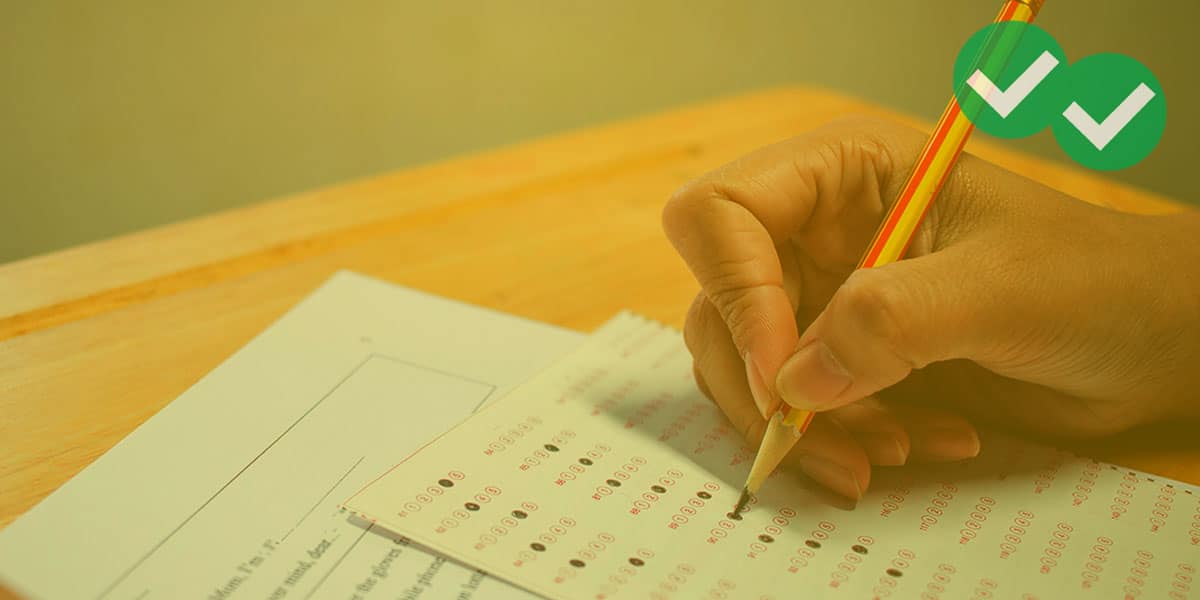Everything you read is focused on some core concept, often called the main idea or primary purpose. The GRE passages are no exception. Each passage contains a main idea, usually established early in the passage, like in the first paragraph. Sometimes the passage builds to the main idea in which case it will be at the end of the passage, like in the last paragraph. Other times, the main idea may not be explicitly stated and you will have to infer the main idea from the main points addressed in the passage.
Either way, ETS will be asking you about the main idea. It’s one of their favorite questions to ask. So let’s take a look at how to identify a main idea question, strategies for approaching these questions, and the common wrong answers often associated with these questions.
How to Identify Main Idea Questions
The Main Idea question-type will include a word or phrase letting you know you’re being asked about the main point of the passage as a whole. The key words are bolded below.
- “The author’s primary purpose in this passage is . . .”
- “The passage is mainly concerned with . . .”
- “The best title for this passage would be . . .”
- “The author’s discussion of … is primarily intended to explain . . .”
- “Which of the following most completely and accurately describes the passage . . .”
Strategy for Main Idea Questions
1. Attack the Passage
Passive reading will not help you on the test. You need to devour passages like a ravenous bear waking from hibernation. Tear apart the passage to find the main idea, determine the main flow and structure of a passage, and understand the author’s tone and purpose. Stay out of the details and minutiae. Hungry bears want big meals—not tidbits of berries and moths. Take notes to activate your mind and track this information.
2. Rephrase Question
After attacking the passage, time to attack the question. Read the question and put it into your own words. This will force you to synthesize the prompt and understand what it is asking. Look for hints and clues too. Line numbers, paragraph references, concepts from specific parts of the passage, and any words like “except” or “not”—these clues must be noted to answer the question correctly.
3. Anticipate an Answer
After orienting yourself and understanding the prompt, make a prediction about the answer. If you do step one correctly and focus on identifying the main idea, you shouldn’t have to spend anytime anticipating an answer. You should already have a strong sense of what should be included in the answer choice.
4. Eliminate Wrong Answers
Usually you will need to go through the answer choices more than once. On the first pass, always be on the look out for the common wrong answer types. This is an easy way to narrow down your possibilities. As you go through each answer, make a mental note of possible correct answers or answers that match what you anticipated. Then on your second pass, you should have two answer choices left. This is when you may have to return to the passage to do a little research to confirm that all the information in the answer choice is actually supported by the passage.
Common Wrong Answers in Main Idea Questions
Too Narrow or Too Broad
No main idea question is complete without one of these trap answer choices. ETS loves to craft answer choices that are too broad for the passage. That is, the answer choice will cover the ideas in the passage, but also include many others that are not in the passage. They also like answer choices that focus narrowly on one aspect of the passage. Sometimes these answer choices will pull details from the last part of the passage hoping to trap students who are not thinking about the big picture of the passage.
Distorting the Passage
Another common wrong answer that we see in other question types, distorting the passage in main idea questions usually involves shifting the direction of an idea. ETS likes to take an idea from the passage and reverse it, making it imply the opposite of what the passage actually is saying. Also, this can take the form of distorting the tone and purpose of the passage. If the author was describing a phenomenon or informing the reader about a concept or theory, the answer choice will make it seem like the author was arguing a point or supporting one side over another.
Extreme Language
“Always,” “any,” “all,” “never,” “none,”—these should be huge warning signs for a wrong answer when you see them. The passages on the GRE are well-reasoned and balanced. Even when the passage is arguing for some idea, the author will include concession points and balanced analysis of their position. So any answer choice that makes a bold claim, a broad generalization, or a simplified statement about the main idea of the passage will more often than not be wrong.
Unsupported or New
Always be on the look out for new information in an answer choice. Whether it is something related but unsupported by the passage or related but not a part of the passage, these trap answers can be quite tempting, but wrong. Sometimes ETS includes an idea that might fit the general discussion, but is ultimately outside the scope of the passage. Sometimes they like to talk about actual numbers and values when the passage only mentions percentages. Don’t fall for this trap. Make sure that everything in the answer is actually in the passage.





